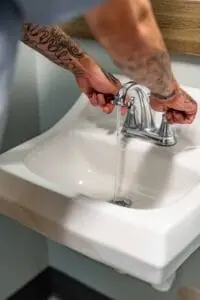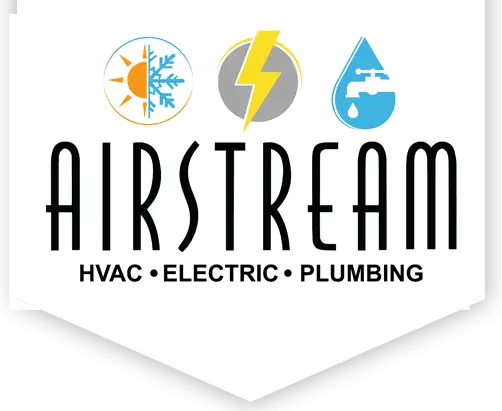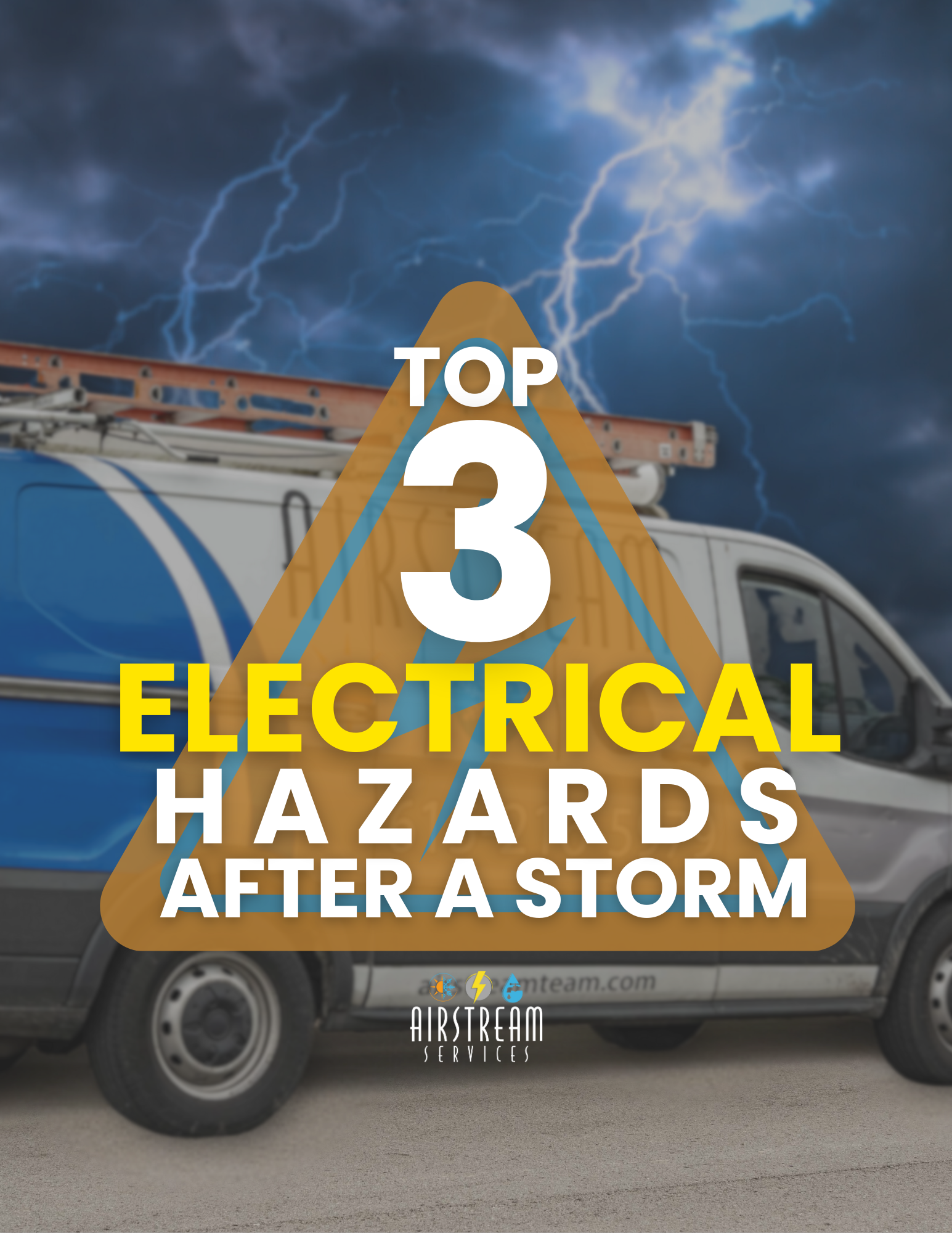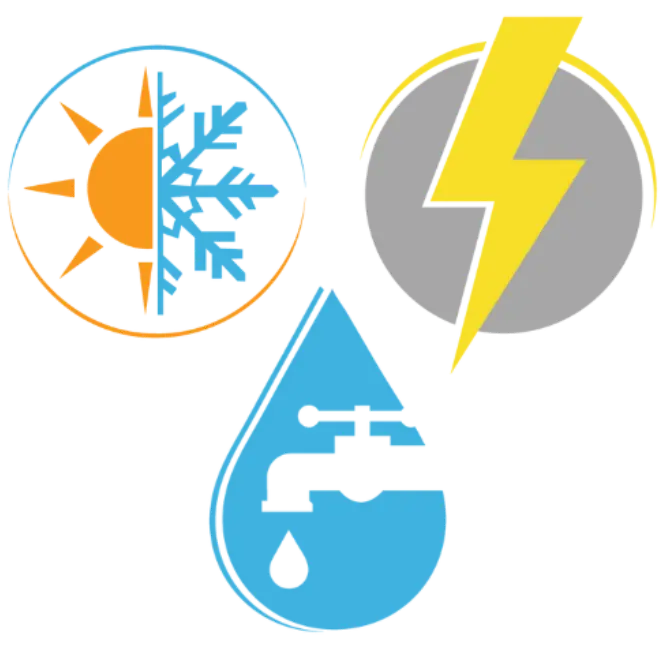
What to Do About Low Water Pressure Problems
When low water pressure strikes your home, it can make everyday tasks like showering and dishwashing frustrating. Drawing on years of experience as a plumbing contractor in Middle Tennessee, I’ll walk you through the most common causes and fixes—ranging from clogged fixtures to faulty regulators—so you can diagnose and resolve the issue efficiently. We’ll explore common causes, discuss the role of the pressure regulator, and outline effective maintenance strategies. By the end, you’ll have a clearer picture of what’s causing the problem and the steps needed to fix it.
Identify Common Causes of Low Water Pressure Issues
Low water pressure in your home may be due to several underlying causes. First, clogged pipes and fixtures can block water flow, reducing pressure. Over time, mineral buildup or debris from corroded pipes restricts water flow. In addition, intermittent interruptions in the water supply, such as from repairs or maintenance by the city, can cause temporary pressure drops. It’s also important to assess the overall condition of your plumbing system; aged pipes, leaks, or corrosion may be diminishing your water pressure. Finally, improper water meter settings or malfunctioning pressure regulators can lead to sustained low water pressure. To help you pinpoint these issues, consider the following checklist:
- Clogged Fixtures: Sediment build-up in aerators and showerheads.
- Supply Interruptions: Unscheduled water main maintenance or valve issues.
- Plumbing System Condition: Old pipes prone to corrosion.
- Meter Settings: Inaccurate or faulty meter readings affecting pressure.
A simple inspection of each component can often reveal the root cause, guiding your next steps in repair and maintenance.
Evaluate Your Home’s Pressure Regulator System
The pressure regulator system is crucial for ensuring that water enters your home at a consistent, usable pressure. Understanding how a pressure regulator works is key: it balances the incoming city water pressure to a safe level for your plumbing. To diagnose issues, start by learning how your regulator operates and look for signs of wear or malfunction. Regularly inspect and adjust its settings to ensure optimal performance; small adjustments can often recoup lost pressure. If you suspect that your regulator is defective, replacing it can lead to immediate improvement in water flow. Here are some key pointers:
- How it Works: Regulates high incoming pressure to prevent pipe damage.
- Adjustment: Use a pressure gauge to verify settings and make minor tweaks.
- Replacement: If adjustment fails and corrosion or wear is evident, install a new unit.
A properly functioning regulator not only improves water pressure but also extends the lifespan of your entire plumbing system by preventing excessive pressure.
Perform Routine Maintenance on Plumbing Fixtures
Routine maintenance on plumbing fixtures is a proactive way to boost water pressure. One of the easiest fixes is cleaning aerators on your faucets; these small devices can accumulate sediment and reduce water flow. Similarly, inspecting showerheads for blockages and removing debris can restore full water pressure to your shower. Flushing your water heater periodically to remove sediment build-up also plays an essential role. Here’s a checklist to guide your maintenance routine:
- Clean Aerators: Remove and scrub them to eliminate mineral deposits.
- Inspect Showerheads: Soak in vinegar to break down lime scale and debris.
- Flush Water Heater: Periodically drain the heater to clear sediment and improve efficiency.
Maintaining your fixtures not only improves performance but also extends their lifespan. Regular upkeep ensures that small issues do not escalate into significant, expensive repairs, keeping your home’s water system running smoothly.
Consult a Professional Plumber for Persistent Problems
If you continue facing low water pressure problems despite performing routine maintenance and system checks, it might be time to consult a professional plumber. A trained expert can identify subtle issues that may not be obvious during a DIY inspection, such as hidden leaks, advanced corrosion, or flaws in the overall plumbing design. When meeting with a professional, be prepared with details about your maintenance history and any steps already taken. Here are some questions to consider when consulting:
- Signs You Need Expert Help: Persistent low pressure, unusual noises, or damp spots indicating leaks.
- Questions to Ask: Inquire about potential causes, repair methods, long-term solutions, and warranty specifics.
- Understanding Costs: Get an estimate for diagnostic fees and repair costs to plan accordingly.
Professional assessment not only ensures an accurate diagnosis but also provides peace of mind, knowing that your home’s plumbing system will be restored to proper working order efficiently.
Key Takeaways
- Low water pressure can often result from clogged pipes, faulty regulators, or city supply issues.
- Routine maintenance on fixtures, such as cleaning aerators, can significantly improve flow.
- When DIY fixes aren’t enough, consulting a professional plumber ensures a long-term solution.
- Understanding how your home’s water system works can help prevent future pressure problems.
Final Thoughts
In conclusion, low water pressure is a common problem that can stem from various issues like clogged pipes, faulty regulators, or even city-wide supply challenges. By understanding the causes and performing routine maintenance on fixtures and pressure systems, you can often resolve the issue on your own. When DIY efforts fall short, consulting a professional plumber is essential to ensure a thorough repair. Remember, a well-maintained plumbing system not only improves water pressure but also extends the lifespan of your home’s infrastructure.



